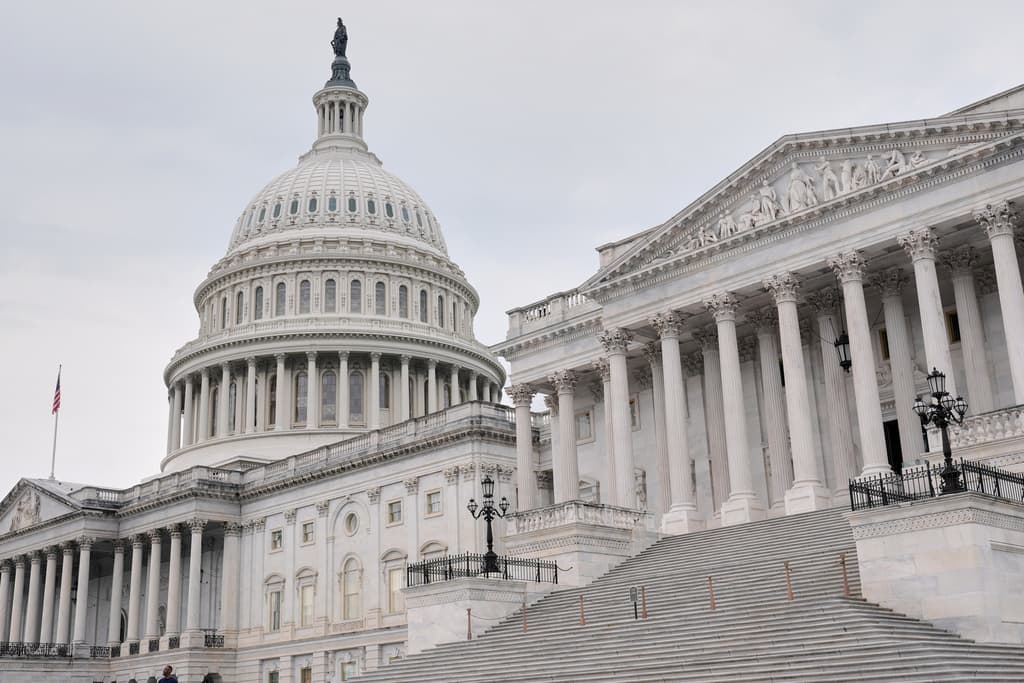Soil erosion in the West is getting worse. And that’s creating more dust – which isn’t good for ecosystems, human health or the economy.
A study from the U.S. Geological Survey says more than 200 thousand square miles of land in the U.S. is more susceptible than ever to soil erosion from wind. And roughly two-thirds of that is on federally managed land in the West.
Michael Duniway, the lead author on the study, said activities that remove vegetation and disturb the soil are the most harmful. “Things like energy exploration and development can do some of that as well as off-highway vehicles,” Duniway said.
He said livestock overgrazing is another culprit, as well as droughts and wildfires. “We do know that we get more dust and wind erosion off the desert,” said Duniway, “when things are warmer and when things are drier.”

Duniway said climate models predict those conditions will only get worse. He said wind erosion is not only bad for desert ecosystems like in the Four Corners area because soil loses its nutrients to the air, but soil erosion also hurts non-desert areas.
“Accelerated erosion by wind off the desert can transport dust into the Rocky Mountains,” said Duniway, “and that landing on the snowpack can cause a decrease in annual water flows for the Colorado River basin which is a large deal, considering the importance of the Colorado River for agriculture and city uses in the West.”
What’s more, he said, the dust caused by erosion can lead to a host of human health problems as well as economic and ecological consequences.
He said we should look to how we responded to the Dust Bowl era, when policymakers relied on scientific research and consequently implemented better conservation practices.
This story was produced by the Mountain West News Bureau, a collaboration between Wyoming Public Media, Boise State Public Radio in Idaho, KUER in Salt Lake City and KRCC and KUNC in Colorado.









